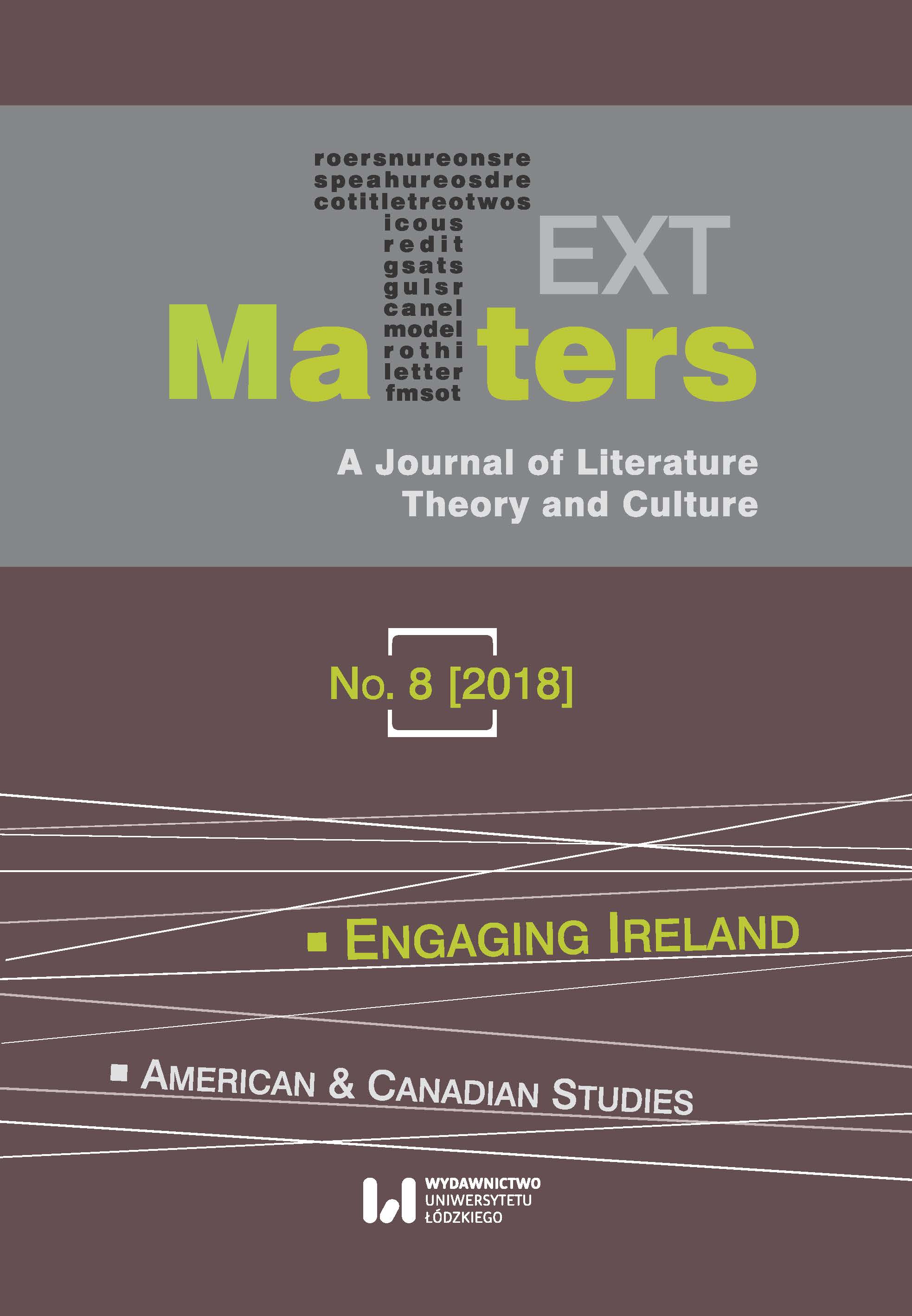Recessive Action in Colm Tóibín’s Brooklyn
Recessive Action in Colm Tóibín’s Brooklyn
Author(s): Camelia RaghinaruSubject(s): Studies of Literature, Theory of Literature
Published by: Wydawnictwo Uniwersytetu Łódzkiego
Keywords: Colm Tóibín; Brooklyn; immigration; detachment; minimal realization
Summary/Abstract: Colm Tóibín’s 2009 novel Brooklyn accompanies Eilis Lacey, a native of Enniscorthy, Ireland of the 1950s on a reluctant voyage across the Atlantic. Her passage reconstructs a common experience of immigration and exile to New York for the Irish working class seeking to escape the lack of prospects in small-town Ireland after the Second World War. Caught as she is between two homes—the traditional Irish culture she emerges from and the new capitalist society of America to which she emigrates—Eilis is placed in a polemical relationship to the public sphere, staked on multiple grounds of in-betweenness: she is a woman, Irish, and an exile. Belonging, for her, is posited on a complex understanding of the tensions between national and transnational identities. Eilis’s parochialism, at first, and cosmopolitanism, later on, are both decisive characteristics that become driving forces behind her social integration and marriage prospects. She is initially barred from promising job and marriage opportunities due to her naivety and lack of sophistication. As an Irish female immigrant, Eilis becomes in the course of the novel a cosmopolitan from the margins, one of the newly uprooted, and ultimately a split self.
Journal: Text Matters: A Journal of Literature, Theory and Culture
- Issue Year: 2018
- Issue No: 8
- Page Range: 43-54
- Page Count: 12
- Language: English

